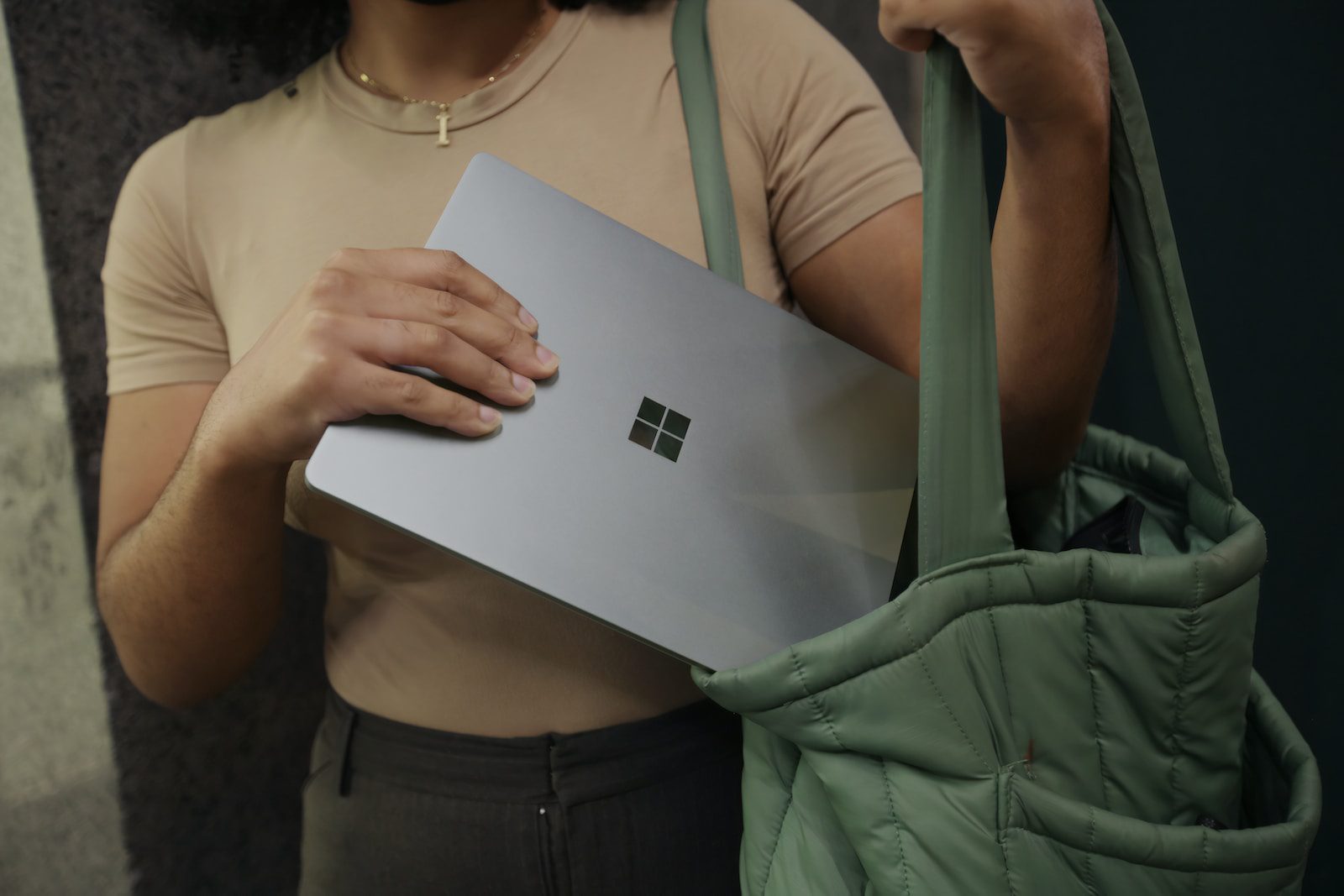Last Week I wrote about how to select the right hardware for your organization, this week is where the real fun begins though as we will be going through software options; specifically we tackle the various operating systems available to organizations today and what kind of costs you can expect to incur with each. There are 3 categories of software operating systems: Microsoft/Windows, Apple/Macintosh, and Linux/Unix/BSD.
Microsoft/Windows
The benefits of Windows servers are that they are widely used and most systems administrators are comfortable with them. The downside is software and client access licenses can be expensive. Their are currently four editions of Windows Server 2012.
Foundations 2012
Foundations only comes with new hardware, you can’t purchase it as a standalone product. That being said, it can be a good deal for a startup or as a first server for an established organization. It has a limit of 15 users but will not normally require purchasing client access licenses, the cost of which can get out of hand rather quickly. It offers all the essential functions like file storage, printing, and user account management. Aside from the 15 user limit, Foundations is also limited to 1 CPU and 32 GB of ram and is meant for single server operation (it has to be the lead server in the organization); however, this is not likely to be an issue given the server would never need to host more than 15 users. All in all it is a decent offering for the first time server or for very small offices, but not a good offering for any organization that is looking to push past that 15 user limit.
Essentials 2012
Essentials replaced the former small business server (SBS) and offers a good server for small businesses. It no longer offers exchange; however it does integrate with Office 365, hosted exchange, and hosted sharepoint services which works well. The user limit at purchase is 25 and like Foundations, should not require additional client access licenses unless you sought to go beyond the 25 user limit by performing a license upgrade to standard edition (which Microsoft reports will scale to 75 users and retain most of the simplicity that Essentials offers). Essentials will work on computers with up to 2 CPUs and 64 GB of ram. Essentials represents a pretty good bang-for-the-buck when it comes to the Microsoft range. Below is a Newegg video interview with a Microsoft Business Director touching on features of Microsoft Essentials:
Standard 2012
Windows Server 2012 Standard edition is the bread-and-butter edition for organizations with over 25 users. It doesn’t hold the administrator’s hand quite like Foundations and Essentials do so it assumes IT expertise is on hand to assist with tasks like backup, user management, and file shares. The licensing of Standard is more complex than Foundations and Essentials as each server license is a CPU pair (so a motherboard housing 4 CPUs would require two server licenses); however, given that most servers run one or two CPUs this should not be an issue for most. Additional costs begin to be incurred by the need for client access licenses which facilitate the connection of the client computer to the server. Most organizations will require one user access license for each employee; however, under some circumstances such as a school computer lab, it would be beneficial to use device licenses instead. Microsoft doe offer one more stage of Server called Datacenter; however, any organization considering Datacenter should already have a sizable IT department.
Apple/Macintosh
OSX Server is a cheap way to turn an Apple/Macintosh computer into a server. OSX Server makes it fairly easy to manage users, shares, backup, email, and collaboration. Unfortunately it does not have a lot going for it in terms of managing Windows clients although it can integrate with another Windows server to provide for directory services. Unfortunately, Apple/Macintosh hardware tends to be expensive; however, OSX server does not rely on client access licenses so the amount of users is hypothetically unlimited, which does mitigate some of the costs. If your organization is almost entirely Apple/Macintosh based, then OSX Server is the way to go, if it is mixed you may need to get both.
Linux/Unix/BSD
Linux, Unix, and BSD all represent one family of operating systems that have been evolving since the 1960s but don’t be fooled into believing they are archaic operating systems, iOS, OSX, and Android all belong to this family as well. The server hosting this website is Linux based and Google, Facebook, and Wikipedia are all made possible by Linux. The Linux/Unix/BSD family excels at cost to performance due to so much of it being based on free and open source and the relatively low system requirements. The downside is that for some activities expertise is needed to manage the server. While it would be nearly impossible to list all of the various Linux/Unix/BSD family offshoots, I’ll list some of the better ones for use as a first server.
Zentyal
Zentyal is a brilliant small business server with a web management interface that will allow it to do most anything you could possibly need. I’ve found it to be a good alternative to a Windows server for small to medium sized organizations. As of version 3.0 Zentyal supports a SAMBA implementation of Active Directory, in layman’s terms this means it can do all the policy work that Windows Server can do. Zentyal also goes above and beyond to offer routing, secure gateway, content filtering, and unified communications. Zentyal is free and open source software and requires no client access licenses so you only need to pay for the cost of server hardware. The base Linux family for Zentyal is Debian/Ubuntu.
ClearOS
ClearOS is a lot like Zentyal and shares the ease of use features but uses more of a “freemium” model, pretty much every basic server need is covered under a free community edition with additional capabilities being offered through licensing modules. ClearOS uses Red Hat/CentOS as it’s Linux base.
Red Hat/CentOS
www.redhat.com /www.centos.org
Red Hat, a commercial Linux distribution, and the free CentOS are identical except for the removal of Red Hat branding. They represent very mature products that are regularly utilized in enterprises and datacenters and are renowned for stability. There are very few situations which a Red Hat or CentOS based infrastructure would not be able to be customized to handle; however, with that much power can come a degree of complexity. Red Hat and CentOS will adapt to anything you throw at them; however, you’ll want a Linux expert on hand to handle configuration and keep an eye on the network.
Suse Enterprise/OpenSuse
www.suse.com /www.opensuse.org
Suse Enterprise Linux and the free and open source edition, OpenSuse, are both pretty solid Linux distributions that have good server support. While Red Hat and CentOS usually get the nod for reliability, Suse and OpenSuse are quite reliable and can be easier to manage for those familiar with Windows due to management tools included within the Suse versions. Regardless, Suse is still an enterprise product at heart so it would still be smart to retain a Linux expert if deploying a Suse based server.
Debian/Ubuntu Server LTS
www.debian.org / www.ubuntu.com
Debian received a reputation of being very stable and highly capable; however, it’s offshoot Ubuntu is probably the more popular of the two due to the desktop edition of Ubuntu having been the most popular distribution available for quite some time. Both Debian and Ubuntu are free and open source operating systems that tend to focus on stability and customization for their server offerings. You won’t find a graphical user interface in a default server install; however, installing one is not difficult and community support of Ubuntu is top notch.
Notable uses of Debian/Ubuntu have been Google and Wikipedia which are both powered entirely by clusters of Debian/Ubuntu servers. Ubuntu also has some of the easiest thin client implementation I’ve seen via LTSP. If going the Ubuntu Server route, always go with the latest LTS if your hardware supports it; it allows you to run a very stable system for 5 years instead of jumping annually or every 6 months.
Recommendations
Briefly, my recommendation is as such:
- All Apple/Mac: OSX Server.
- Up to 25 employees: Windows Essentials, Zentyal, or ClearOS.
- 25 to 500 employees: Windows Standard, any Linux.
- 500 to 1000: Start leaning toward and integrating Linux servers where possible.
Hopefully this helps answer some of the questions surrounding the choice of server operating systems, Next week we’ll discuss when to forgo physical systems and leverage the cloud for your infrastructure! GeekOut Technologies has experience with every operating system listed and more; feel free to contact us to see how we can help you select a server and operating system or how we can manage your server for you on one of our support tiers.



